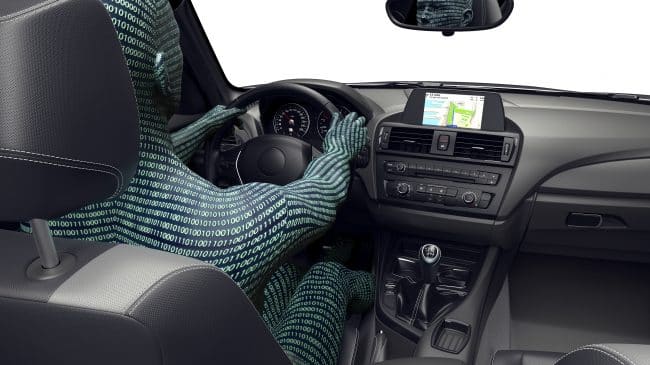Self-driving vehicles promise to revolutionize the way we travel and get around. However, true driverless cars will not be commonplace in the next few years. Thus, a big issue is going to be how federal transportation regulators and Florida’s officials approach public safety without strangling the evolution and development of self-driving cars.
A recent National Academy of Sciences workshop highlighted 50 potential advantages of self-driving cars, everything from providing mobility to those unable to drive (seniors, the young and the disabled) to increasing ride-sharing to decreasing the amount of land needed for parking spots to giving drivers time to focus on other things during their commutes. But the biggest, most important benefit identified is increased safety.
Approximately 90 percent of today’s vehicle crashes are caused by human error. While automated vehicles will not eliminate all crashes, a 50 percent reduction would save more than 18,000 lives per year in the United States.
As a result, hastening the technology development involved in self-driving cars will save countless lives. The best way to get these cars and technologies ready for the roads is to keep regulations to a minimum.
Florida trial lawyers have used the crash of a self-driving Uber test car in Arizona to argue that the technology is not ready for prime time and called upon the state to heavily regulate self-driving technology. Context is important. The Uber crash, while tragic, killed one person. And Uber suspended its testing as a result. Meanwhile, an additional 90 people died in traffic accidents across America on the same day due to human error. Florida and other states didn’t impose new regulations on drivers, and they shouldn’t overreact to one-off accidents that come with testing any new technology.
We’re already seeing how state regulators can impact automated vehicle testing. Many of the companies developing the technologies are based in California, but after the state imposed overly stringent requirements, developers fled to other states. California is now trying to win back those companies by eliminating regulations like its rule requiring a human being in the driver’s seat of all self-driving cars.
Often based in Silicon Valley, most of the automated-vehicle software companies have been slow to embrace testing in Florida. One reason is the geographic difference — it’s easier to test near or where a company is based. A second reason is Florida’s weather. Until this year, most automated vehicles could not operate in the rain because they had some trouble deciphering pavement markings. You can see why Arizona might be more appealing than Florida if you couldn’t test during rainy conditions.
But things are changing. Earlier this year a Starsky Robotics truck completed a loop on a closed track on Hendry County (Florida) Route 833. Ford is testing self-driving cars in the Miami area. Luminar, which makes the sensors or “eyes” for automated vehicles, is operating in Orlando. There are self-driving taxis in the Villages and shuttles in Babcock Ranch. Closed street networks such as Babcock Ranch are expected to be the earliest adopters of automated vehicles, with widespread adoption possible in the next 10 years.
While Florida has avoided some of the onerous regulations found in California and Nevada, its current legislation is far from perfect for automated-vehicle testing. One of the most problematic laws exempts test vehicles from following another vehicle too closely. This law is aimed at human drivers tailgating the car in front of them, but it applies to self-driving cars. One benefit of automated vehicles is that they can communicate with each other and that they are able to increase the number of vehicles that can use a given section of the road safely. The rules of the road will need to be adjusted to reflect that.
Florida passed legislation in 2016 to allow self-driving cars on the roads, which was aimed at attracting self-driving car companies to the state. That hasn’t happened much — yet. Florida should continue to look for opportunities to embrace automated vehicles and avoid reactionary calls to strangle these new technologies that could deliver huge life-saving benefits to our society.

